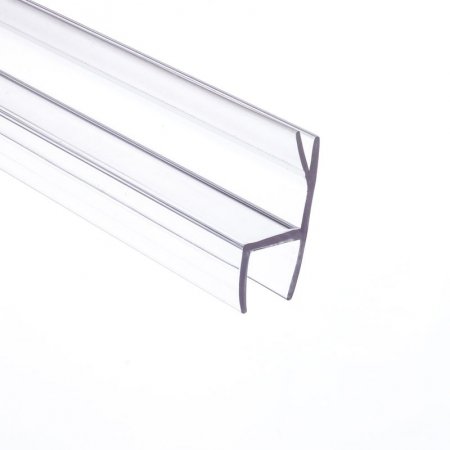Swinging doors, whether they are interior or exterior, serve as crucial components in both residential and commercial settings. They allow for easy access and provide privacy, making them essential for comfort and functionality. To ensure swinging doors fulfill their purpose effectively, swinging door seals play a vital role.
In this article, we will explore the significance of Swinging Door Seals, their multiple functions, and the various types available to cater to different needs.
Understanding Swinging Door Seals
Swinging door seals, also known as door sweeps, door weatherstrips, or door bottoms, are designed to seal the gap between the bottom of a swinging door and the threshold or floor. These seals serve several essential functions:
1. Temperature Regulation:
Swinging door seals help maintain the temperature within a room or building by preventing drafts and the exchange of hot or cold air between spaces. This contributes to energy efficiency and comfort.
2. Sound Insulation:
Swinging doors can be a source of noise transfer between rooms or areas. Door seals help reduce sound transmission, providing a quieter and more peaceful environment.
3. Dust and Pest Prevention:
The gap beneath swinging doors can allow dust, dirt, and even pests to enter or exit a space. Swinging door seals act as barriers, keeping unwanted elements out and maintaining cleanliness.
4. Privacy:
In residential and commercial settings, maintaining privacy is crucial. Swinging door seals prevent visual intrusion and help create private spaces within a larger environment.
5. Moisture Control:
Swinging door seals play a role in moisture control, preventing water from seeping under the door and causing damage or creating slip hazards.
Types of Swinging Door Seals
Swinging door seals are available in various types, each designed to cater to specific requirements and door configurations. Here are some common types:
1. Door Sweeps:
Door sweeps are attached to the bottom of a swinging door, usually with screws or adhesive, and create a seal when the door is closed. They are available in various materials, including rubber, silicone, and bristle, to accommodate different thresholds and floor types.
2. Automatic Door Bottoms:
These innovative door seals automatically lower a gasket or neoprene seal when the door is closed, effectively sealing the gap. When the door is opened, the seal retracts to allow unrestricted passage.
3. Threshold Seals:
Threshold seals are installed directly on the threshold or floor, creating a barrier that the swinging door presses against when closed. They are ideal for door systems with high clearances.
4. Adhesive-Backed Strips:
These strips consist of adhesive-backed foam or rubber that can be attached to the bottom of a door to create a seal. They are a cost-effective option for DIY installation.
5. Jamb Seals:
Jamb seals are vertical strips that run along the sides of a swinging door frame. They are designed to close gaps between the door and the frame, enhancing insulation and reducing noise transmission.
Choosing the Right Swinging Door Seal
Selecting the appropriate Swinging Door Seals depends on several factors, including the type of door, the door’s configuration, the gap size, and the specific needs of the space. Here are some considerations when choosing a swinging door seal:
1. Type of Door:
Determine the type of swinging door you have, whether it’s an interior door, an exterior door, or a commercial entrance door. Different types of seals are designed for various door applications.
2. Threshold Height:
Measure the gap between the door and the threshold or floor to determine the required seal size. Ensure the seal you choose matches the gap dimensions.
3. Material:
Consider the material of the seal, as it can affect its durability, effectiveness, and resistance to weather conditions. Choose a material that suits your door’s environment.
4. Installation Method:
Some door seals require professional installation, while others can be easily applied using adhesive or screws. Consider your DIY capabilities or seek professional assistance if needed.
5. Additional Features:
Some swinging door seals come with additional features, such as automatic closing mechanisms or fire ratings. Assess whether these features are necessary for your application.
In conclusion
Swinging Door Seals are essential components that contribute to the comfort, efficiency, and functionality of interior and exterior spaces. They regulate temperature, provide sound insulation, enhance privacy, and prevent the ingress of dust, pests, and moisture.
By choosing the right type of swinging door seal and installing it correctly, you can ensure that your swinging doors serve their purpose effectively while creating a comfortable and inviting environment.

